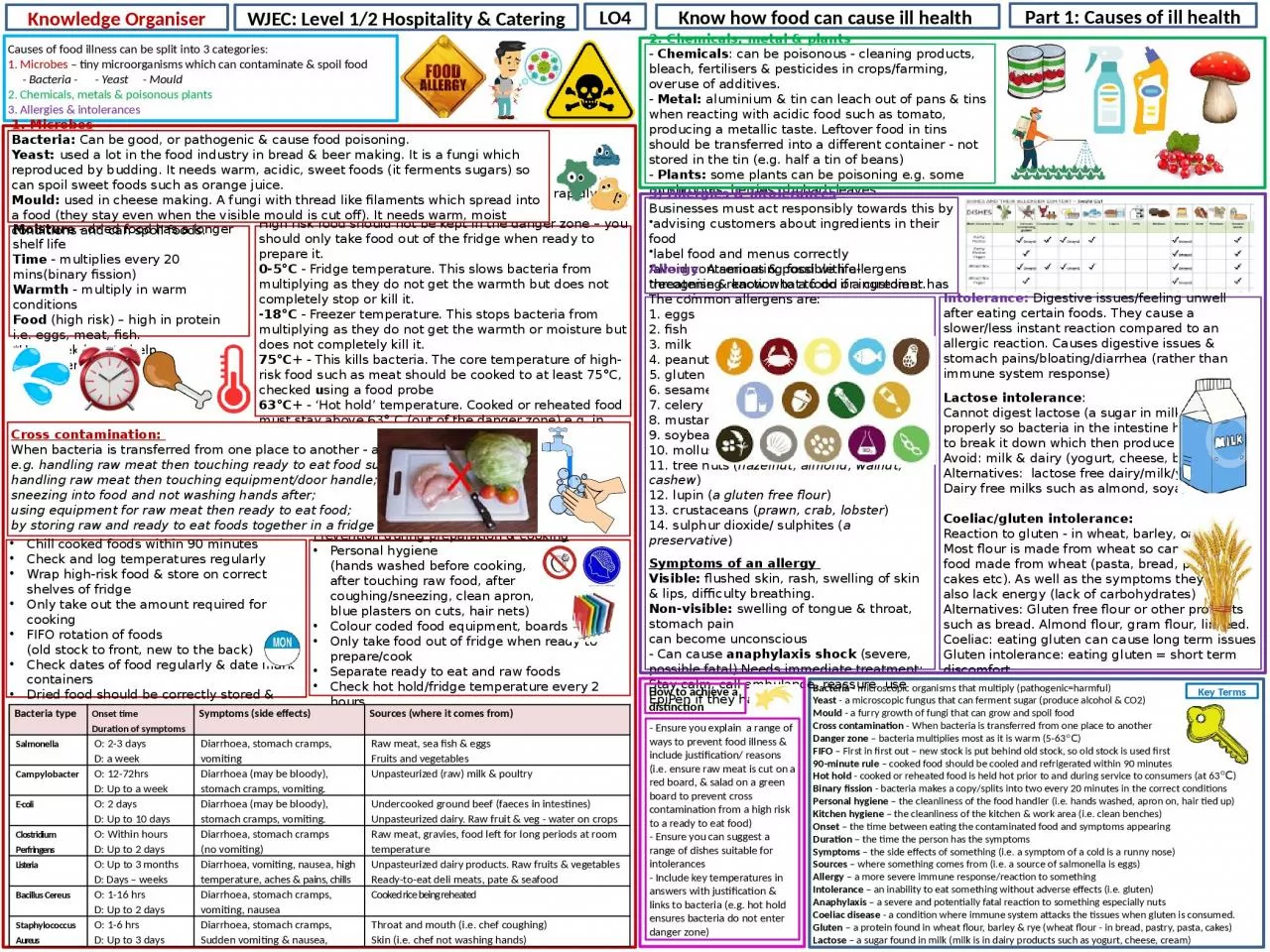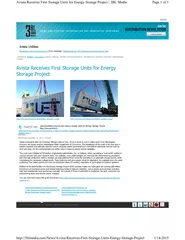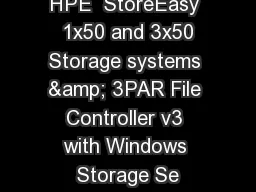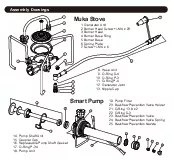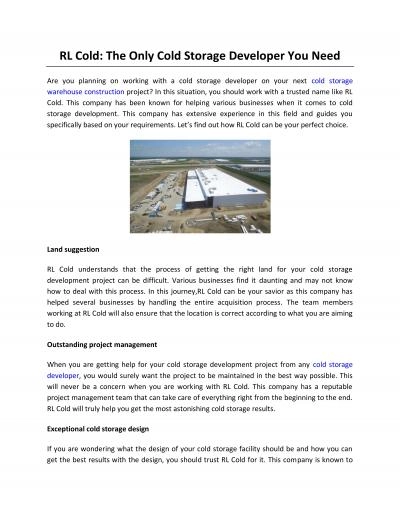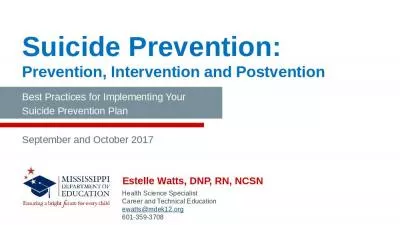PPT-Prevention during storage
Author : martin | Published Date : 2024-03-15
Chill cooked foods within 90 minutes Check and log temperatures regularly Wrap highrisk food amp store on correct shelves of fridge Only take out the amount required
Presentation Embed Code
Download Presentation
Download Presentation The PPT/PDF document "Prevention during storage" is the property of its rightful owner. Permission is granted to download and print the materials on this website for personal, non-commercial use only, and to display it on your personal computer provided you do not modify the materials and that you retain all copyright notices contained in the materials. By downloading content from our website, you accept the terms of this agreement.
Prevention during storage: Transcript
Download Rules Of Document
"Prevention during storage"The content belongs to its owner. You may download and print it for personal use, without modification, and keep all copyright notices. By downloading, you agree to these terms.
Related Documents

